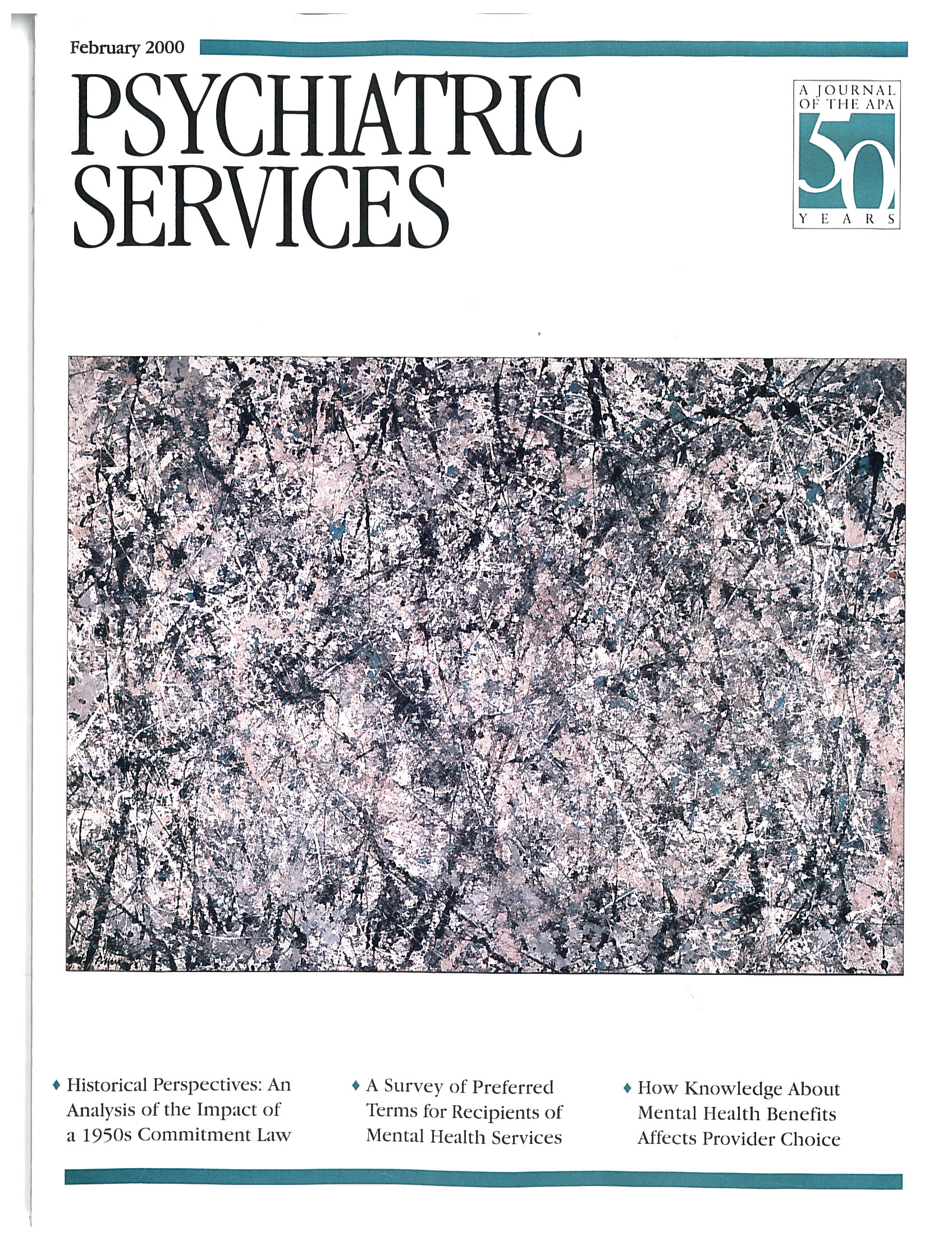Murder Most Rare: The Female Serial Killer
The dust cover of this book states that one of its authors, Michael D. Kelleher, specializes in threat assessment and has written widely on the topic of violence. Has his most recent contribution to the violence literature provided a useful tool for differentiating significant features of the female serial killer?
As the Kellehers point out, the subject has received little attention, even though the female serial killer is often deadlier than her male counterpart. To more clearly delineate specific characteristics of the modus operandi of these women, the authors divide the 86 individuals they describe into seven categories. They begin with the "black widow," who kills people with whom she has a "close, personal relationship" and progress through to "the killer whose sanity is in question."
The Kellehers' categorization scheme effectively helps the reader grasp important differences of pattern displayed by these women. The authors describe Munchausen's syndrome by proxy particularly well. The only category that doesn't really stand up to scrutiny is that of "female sexual predator." The term "sexual predator" has an established meaning derived from male perpetrators, implying the sexual gratification they receive from their acts. This usage does not fit the women described in these pages; they may have used sex as a tool, but there is scant evidence that the experience of killing was integral to a sexually stimulating experience.
Although the authors' proclivity for sensational language detracts from the treatise and gives the initial impression that it will be simplistic, and possibly tedious, the thumbnail sketches of the women and the longer narratives of the better-understood perpetrators are well done, full of excellent behavioral descriptions. The book is more crime reporter's notebook than psychiatric text, yet it does fill a niche in the violence literature. If the reader can tolerate the poorly written introduction and the occasionally overly dramatic coloring of certain passages, Murder Most Rare: The Female Serial Killer presents an informative, yet concise account of a neglected subject for both the interested layman and the professional.
Dr. Davis is medical director of Central State Hospital in Petersburg, Virginia.



